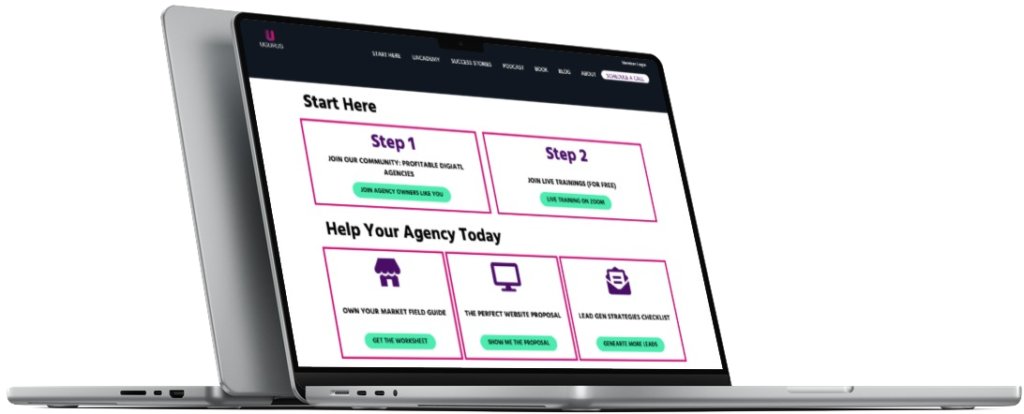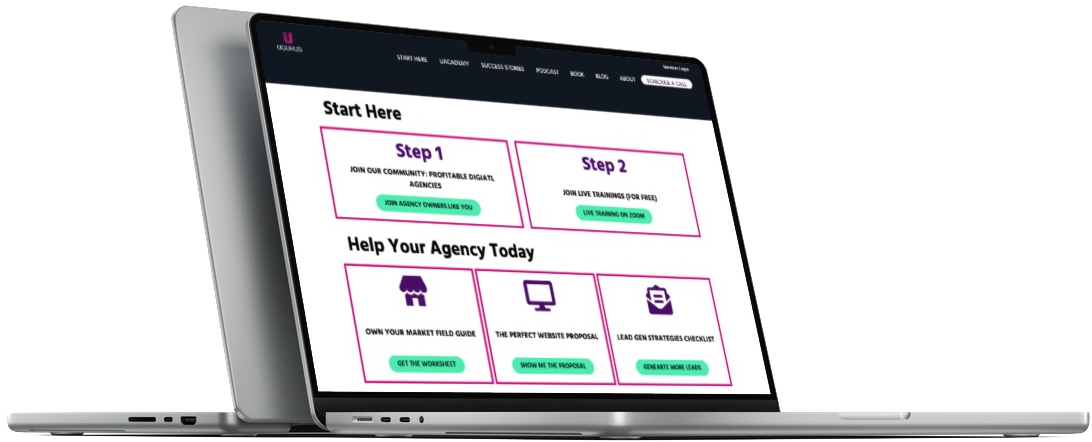In ancient times, cities were fortified by building a surrounding wall. These walls were primarily built to keep danger out and to protect the occupants. It allowed the people inside the walls—the citizens—to go about life without the worry of aggressors.
As the days passed, people inside the walls got to know one another better and lived life together. They had a culture unique to their city, and it was very different from those cultures found outside of the wall. Inside the wall, they knew what to expect. Outside the wall, life was far more volatile.
Your company is like an ancient city. You better have a wall in place, or you’ll allow people in that will jeopardize the peace and culture you have tried so hard to build.
Culture is a fragile ecosystem that ebbs and flows, it’s best to hire the right people in the first place, instead of hiring someone and then trying to change them.
Our hiring process at Neon Rain has changed significantly over the years. We initially hired who we thought could do the job. We realized that, in many cases, they had the skill, but were lacking when it came to a culture fit. Our gates were wide open and our citizens were in dismay.
We’ve changed our hiring process, and now we use four standards to measure candidates including aptitude, technical skills, passion and interest, and values and behavior. I’m going to explain how we put these measurement standards into play when interviewing potential candidates.
Aptitude – What Type of Work Will This Person Be Doing?
What we look for:
Is the candidate able to plan a day ahead or a year ahead? Have they worked on projects of similar duration in the past? If not, do they seem like they could handle a long-term project? We review their past experiences with organization and project planning.
How we test it:
If we aren’t sure about their ability to handle the types of projects we need them for, we will give them sample assignments that require research and execution. For example, we might ask them to write a script that interacts with a particular API. Some people pass with flying colors because they do the legwork—others get frustrated and never come back. Remember that you aren’t measuring the work here—you are measuring whether or not they can stick with something.
We know that people who pass this test don’t give up easily.
Technical Skills – Do They Have Them or Can They Learn?
What we look for:
Does the candidate have the skill set, or is it evident that they can learn it? If they don’t have the skill set, and you believe they can learn it, give them a small assignment to report back with. Don’t ask for an in-depth project, rather test them to see if they can take a concept that is unfamiliar to them and make progress toward understanding it.
How we test it:
We give them a conceptual assignment and ask them to explain to us what they learned. For example, we may ask them to explain how node.js works or ask them to explain how MongoDB is fundamentally different from MySQL. They may not understand it perfectly, but we are measuring whether they have made progress toward a better understanding. We determine whether they can actually learn enough to ask some damn good questions on the topic.
People who pass are the ones that will go out and find the answers. People who fail throw their hands up in the air in frustration.
Passion and Interest – Is This Really What They Want to Be Doing?
What we look for:
What’s the point in hiring someone who doesn’t want to be doing this type of work? It’s not good for your company or for them. If you hire people who are excited about the work you do, they will help you grow your company by always bringing in new information, knowledge, and ideas.
How we test it:
We ask the candidate what their dreams and goals are and evaluate their response. We interviewed a developer years ago that wanted to make movies. He said that within a year he’d like to be in California working on a set. My question to him was, “Why wait a year?” Within thirty days he had moved to California to seek out his destiny.
There really is no “right” answer to this question. Instead, we are just looking for red flags. We don’t want to invest a large amount of time and energy into someone that may not be around for very long because it wasn’t a good fit from the start.
Values and Behavior – What Drives Them to Do What They Do?
What we look for:
How does the candidate behave in real life (not on paper)? This is a question of culture, and it’s something you can’t train on. We want to find people who are hard working, grateful, smart, driven, and always look for the best in a situation.
How we test it:
This is a hard one to test. We’ve tried asking questions and doing role-playing exercises, etc. but nothing really worked…until we started doing Spousal Interviews. We don’t really interview the spouse or significant other. What we do is take the candidate and their significant other out to dinner.
You would be surprised at how people’s behavior changes when you get them out of the interview room. Here is an example of what happened at one of our dinners. The candidate sat down (he chose the restaurant, as all our candidates do), and immediately opened the menu and said to me, “If you are paying, I’m ordering the most expensive item on the menu!”—and he wasn’t joking when he said this.
During dinner, he never said, “thank you” to the server. He complained about the service, even though it was fine. He complained about how the world was against him, and how he couldn’t get ahead because of his current bosses, parents, teachers, and whoever else he could put the blame on.
Do you really want this type of person in your company? Even though he may possess all of the aptitude, technical skills, and passion we could ever want, he’s bound to pull the team down. Any value that he might have brought to the company will be negatively impacted by his bad attitude. And we wouldn’t have known this if we hadn’t taken him out for dinner. The expensive entrée was worth the price of knowing he was a terrible fit for our team.
If You Don’t Have a Wall, Build One
Protect your citizens from aggressors. Be honest with applicants as to what your company’s shortcomings are, what you want them to help you with, and what your culture is. Make sure that the candidate is a good fit for your company, and your company is a good fit for them as well. This is a two-way street.
Treat others as you would want to be treated. Make sure that the hire is truly a win/win relationship for both parties. By choosing the right team members, you can change your company for the better.
GET YOUR FREE AGENCY ACCELERATOR PACKAGE





